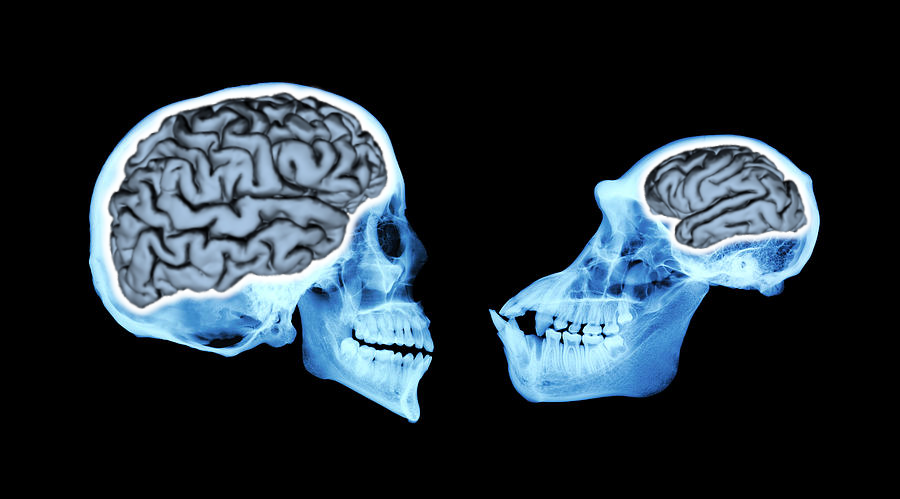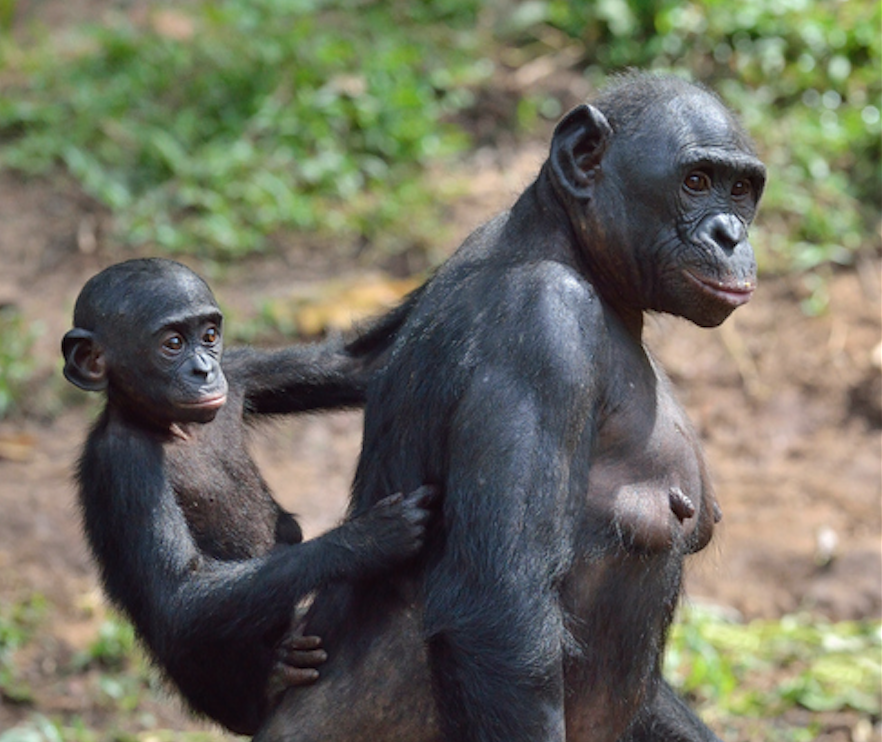Modern humans have brains that are more than three times larger than our closest living relatives, chimpanzees and bonobos. An analysis of 94 hominin fossils published this week shows that average brain size of human ancestors increased gradually and consistently over the past 3 million years.
The trend was caused primarily by evolution of larger brains within populations of individual species, but the introduction of new larger-brained species and extinction of smaller-brained ones also played a part. The research was led by Andrew Du, a postdoctoral scholar at the University of Chicago, who received his doctoral degree at George Washington University.
Bernard Wood, a GW professor of human origins in the Columbian College of Arts and Sciences, was a senior author on the study published in The Proceedings of the Royal Society B this week. Dr. Du and other students, who were also co-authors on the study, began this research as part of an open-ended assignment from Dr. Wood to understand how brain size evolved through time.
Brain size is one of the most obvious traits that makes us human, Dr. Du said.
“It’s related to cultural complexity, language, tool making and all these other things that make us unique,” he said. “The earliest hominins had brain sizes like chimpanzees, and they have increased dramatically since then. So, it’s important to understand how we got here.”
Dr. Du and his colleagues compared published research data on the skull volumes of 94 fossil specimens from 13 different species, beginning with the earliest unambiguous human ancestors, Australopithecus, from 3.2 million years ago to pre-modern species, including Homo erectus, from 500,000 years ago when brain size began to overlap with that of modern-day humans.
“The conventional wisdom was that our large brains had evolved because of a series of step-like increases, each one making our ancestors smarter,” Dr. Wood said. “Not surprisingly the reality is more complex, with no clear link between brain size and behavior.
When the species were counted at the clade level, or groups descending from a common ancestor, the average brain size increased gradually over three million years, the researchers found. The increase was driven primarily by evolution of larger brain sizes within individual species populations, but also by the addition of new larger-brained species and extinction of smaller-brained ones.
The team also found the rate of brain size evolution within hominin lineages was much slower than how it operates today, although why this discrepancy exists is still an open question.
The study quantifies for the first time when and by how much each of these factors contributes to the clade-level pattern. Dr. Du said he likens it to how a football coach might build a roster of bigger, stronger players. One way would be to make all the players hit the weight room to bulk up. But the coach could also recruit new larger players and cut the smallest ones.
The study, “Pattern and process in hominin brain size evolution are scale-dependent,” was supported by the National Science Foundation.
Dr. Wood praised his former students’ work.
“The moral is this,” he said, “when you don’t understand something ask a bunch of bright and motivated students to figure it out.”




